Although birth injuries are commonly thought of as occurring to the baby being delivered, mothers are also at risk for suffering birth injuries during delivery. Some of the most common birth injuries to the mother include:
Vaginal Tearing
Most women suffer tears of the perineum (the skin between the vagina and anus) during childbirth. Usually tears are minor and heal within a short time following delivery. However, more serious tearing can occur to the vulva and muscles in the anus, which typically require surgical repair and have a longer recovery time.
Vaginal tearing can occur for a number of reasons, including:
- Prolonged labor
- The baby suffers a shoulder dystocia
- The baby is large
- Induced labor
- Assisted delivery, such as with the use of forceps
In some cases, a OB/GYN or midwife may recommend performing an episiotomy, or a small incision to the vagina made to reduce the risk of uncontrolled tearing of the perineum.
Postnatal Depression
Negative experiences that occur before, during, or shortly after childbirth, such as serious physical injury to the mother or complications or birth injuries suffered by the baby, can inflict serious emotional and mental trauma for a mother, leading to post-natal depression or PTSD. Signs of postnatal depression or postnatal traumatic stress disorder include:
- Avoiding reminders of the delivery, such as avoiding the hospital where the delivery occurred or refusing to look at photos or video of the delivery
- Feelings of isolation
- Feeling of guilt or failure, or that complications during delivery were one’s fault
- Difficulty bonding with the baby.
Postpartum Hemorrhage
Vaginal bleeding normally occurs for several weeks following delivery, with the heaviest bleeding occurring in the first few days after delivery and gradually lightening over time. However, when vaginal bleeding is abnormally heaving, it may be a sign of postpartum hemorrhage, which can be serious or even fatal if not treated. Primary postpartum hemorrhage occurs in the first 24 hours after delivery.
Secondary postpartum hemorrhage occurs after the first 24 hours following delivery, typically when the mother suffers an infection from the delivery.
Ruptured Uterus
A uterine rupture involves a tearing of the uterus during pregnancy. It most commonly occurs for women who have previously had a cesarean section. A ruptured uterus is an emergency medical situation that requires immediate surgical treatment. Typically the baby will be delivered via cesarean section, and the rupture will be repaired. If the uterus cannot be repaired, a hysterectomy may be needed to stop the bleeding. Women who have had a uterine rupture are at risk for another rupture in a future pregnancy and will typically need to deliver all future pregnancies by cesarean section.
Prolapsed Uterus
A prolapse of the uterus or other pelvic organs involves a bulging or dipping of the organs into the vagina. Symptoms can include incontinence, constipation, a feeling of heaviness in the pelvic area, or pain during sex. Although some level of prolapse is common in about half of pregnancies, more serious cases may require physical therapy to teach pelvic floor exercises to strengthen the muscles, or may require surgery to repair the muscles or place a mesh implant, or to perform a hysterectomy.
Contact A Medical Malpractice Attorney for a Consultation About Your Birth Injury Case in New Jersey
Were you or a loved one injured due to medical malpractice in New Jersey? Then you need to talk to an experienced medical malpractice lawyer as soon as possible for guidance on how to proceed. The Haddonfield birth injury attorneys at Andres, Berger & Tran P.C. are prepared to assist you with your legal claim. We represent victims of negligent surgeons, doctors, nurses, and pharmacists throughout New Jersey, including Pennsauken, Voorhees, Lindenwold, and Collingswood. Call us today at (856) 795-1444 or fill out our online contact form to schedule a consultation. Our main office is located at 264 Kings Hwy. E., Haddonfield, NJ 08033.
The articles on this blog are for informative purposes only and are no substitute for legal advice or an attorney-client relationship. If you are seeking legal advice, please contact our law firm directly.
